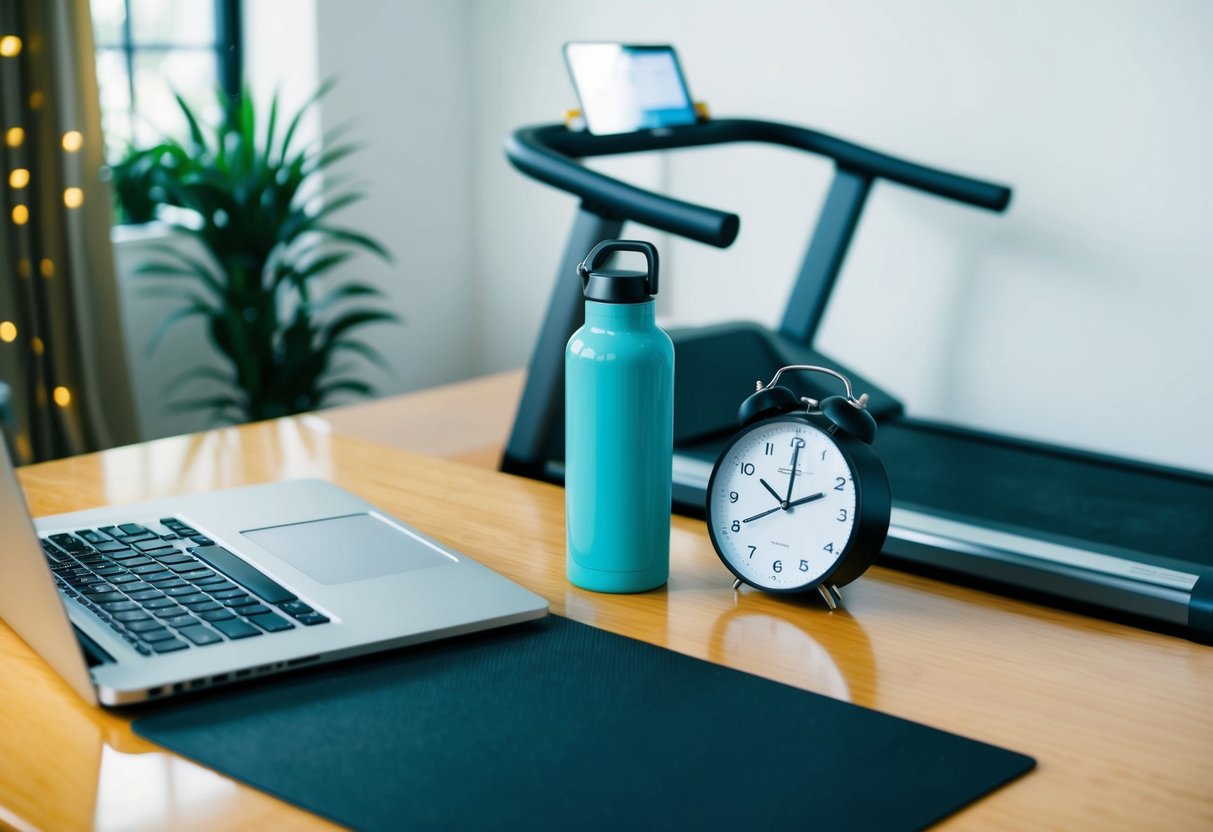
Balancing work and fitness can seem like a daunting task for busy professionals. With demanding job responsibilities and the desire for personal well-being, finding the time to fit exercise into a packed schedule might feel impossible. The key lies in effective time management strategies that can help seamlessly integrate fitness goals with a busy work life. By setting clear priorities and making small, manageable changes, professionals can ensure they maintain their physical health without sacrificing productivity.
Professionals at all levels face the challenge of juggling various commitments, but achieving a balanced lifestyle is not out of reach. Smart planning and creative scheduling become essential tools in carving out time for both work and fitness activities. The integration of fitness into daily routines not only supports physical health but also enhances job performance by increasing energy levels and reducing stress.
Tailoring fitness plans to fit individual schedules allows busy individuals to remain consistent in their efforts. By utilizing breaks, lunch hours, or even opting for short, intensive workouts, professionals can effectively use their time without feeling overwhelmed. Such practices contribute to a well-rounded life where career goals and personal health go hand in hand.
Understanding the Connection Between Work, Fitness, and Well-Being
Balancing work and fitness is crucial for maintaining energy levels and mental well-being. Regular physical activity can improve work performance and reduce the risks of chronic diseases related to a sedentary lifestyle.
The Impact of Physical Activity on Work Performance
Engaging in regular physical activity positively influences cognitive function, allowing individuals to focus better and enhance productivity. Exercise increases blood flow to the brain, helping to improve memory and concentration. Employees who maintain a routine fitness regimen often report higher energy levels throughout the workday.
Improved mood and reduced stress are other benefits of regular exercise, contributing to a more positive office environment. Increased teamwork and collaboration often accompany these improvements, as colleagues feel more motivated and engaged. Structured fitness routines can help busy professionals manage their time more efficiently.
Risks of a Sedentary Lifestyle for Busy Professionals
A sedentary lifestyle poses significant health risks, especially for busy professionals. Long hours at a desk can lead to chronic diseases such as obesity, heart disease, and diabetes. Lack of movement also negatively impacts mental well-being, often resulting in increased anxiety and depression.
Prolonged inactivity can lead to decreased energy levels, making it challenging to maintain productivity at work. The risk of musculoskeletal disorders, such as back and neck pain, rises with extended sitting periods. For professionals, prioritizing short exercise breaks can prevent these adverse effects and promote overall health.
Developing Effective Time Management Skills
Professionals often juggle numerous responsibilities, making it challenging to allocate time effectively for work and fitness. Emphasizing efficient use of time can greatly enhance productivity and well-being.
Time Blocking for Work and Fitness Activities
Time blocking involves scheduling specific blocks of time for different activities throughout the day. This technique helps in prioritizing tasks and allocating time efficiently to both work and fitness. By marking dedicated slots on a calendar, individuals can visualize their day and reduce procrastination.
Setting boundaries ensures that each segment is devoted to a specific purpose, minimizing distractions. For example, a one-hour block in the morning for exercise followed by focused work periods can create a balanced routine. Consistently adhering to these blocks supports a rhythm that enhances productivity and personal health.
Implementing the Pomodoro Technique
The Pomodoro Technique breaks work into intervals, typically 25 minutes long, separated by short breaks. This approach enhances concentration and prevents burnout by promoting frequent breaks. During these intervals, individuals focus entirely on a single task, minimizing interruptions.
After completing a set of intervals, or pomodoros, a longer break is taken, further improving efficiency. Applying this technique to both work and fitness allows for concentrated bursts of activity followed by recovery periods. This balance can maintain high levels of productivity while also ensuring the body gets rest and rejuvenation, resulting in overall better time management.



